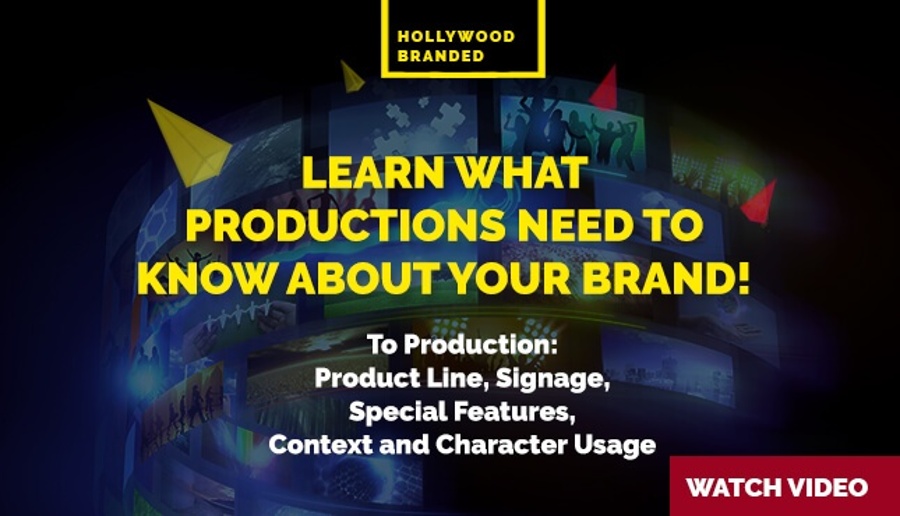When Being “Bad” Becomes Brilliant: The All’s Fair Lesson in Brand Attention
Table Of Contents
From Flop to Phenomenon: When Failure Fuels Fame
Disney+’s All’s Fair has been branded “the worst show of the year,” with a 5% Rotten Tomatoes score and reviews so sharp they could cut glass. Critics call it “unwatchable,” “chaotic,” and “empty.” Yet somehow, that chaos has turned into gold. Despite the ridicule, the series has become one of the most visible entertainment launches of the year.
That’s not failure - it’s strategy. In today’s culture, attention beats approval every time. All’s Fair isn’t a cautionary tale; it’s a case study in how a media “disaster” can dominate conversation, drive viewership, and redefine what success looks like. In this article, Hollywood Branded shares how All’s Fair proves that attention - not approval - is the currency of modern branding.

Hate-Watching (and Loving) All’s Fair
At first glance, All’s Fair looks like glossy chaos wrapped in couture. The dialogue is thin, the plots are wild, and every shot glows like a perfume ad. But that’s the beauty of it - it’s not trying to be prestige TV. It’s pure camp, a fashion-fueled fever dream of ambition and aesthetics.
The series reframes how women in power are shown on screen. Each character, played by icons like Kim Kardashian, Glenn Close, and Sarah Paulson, stands in sharp focus while the world blurs behind her - a metaphor for women leading in noise-filled spaces. The fashion isn’t just wardrobe; it’s armor. Power, performance, and polish collide, creating a new archetype: the unapologetically ambitious woman who owns the room and her reflection.

Photo Credit: FandomWire
Bad PR, Good PR & the Attention Economy
Here’s the irony: All’s Fair’s “failure” worked. It debuted to 3.2 million global views in three days - Hulu’s biggest scripted launch in years - and earned over 7 billion social impressions. That’s more reach than most shows achieve in an entire season.
Kim Kardashian leaned into the criticism, reposting memes and laughing at bad reviews. Suddenly, people tuned in “just to see how bad it really was.” That curiosity fueled a cultural wildfire. In the attention economy, algorithms don’t care about sentiment. They care about engagement. Whether the world loves you or hates you, being talked about is what counts.
 Photo Credit: Vocal Media
Photo Credit: Vocal Media
American Eagle’s “Good Genes” Gone Wild
When American Eagle launched its “Good Genes” campaign with Sydney Sweeney, no one expected it to spark political outrage. The cheeky tagline was accused of promoting “genetic superiority,” drawing criticism and praise in equal measure. Social media lit up.
Instead of panicking, the brand stayed calm. No apology. No deletion. Just silence - and results. The campaign delivered 40 billion impressions, a 15% profit boost, and a 40% stock jump. Outrage became oxygen, keeping American Eagle front and center. The lesson? Sometimes the smartest response is to let the noise market for you.
 Photo Credit: The Hollywood Reporter
Photo Credit: The Hollywood Reporter
Why Outrage Works + The 60 Percent Rule
Outrage drives emotion, and emotion drives algorithms. The same forces that amplify anger also amplify awareness. For brands, being divisive isn’t always dangerous - it’s often proof of relevance.
The truth is, you don’t need everyone to love you. If 60% of your audience does - and they’re the right audience - you’re winning. Nike proved it with Colin Kaepernick. Kim Kardashian built an empire on it. The key isn’t pleasing everyone; it’s connecting deeply with the people who care. Polarization isn’t a flaw - it’s a signal that your message matters.
 Photo Credit: Shutterstock
Photo Credit: Shutterstock
Turning Chaos Into Currency
When backlash hits, most brands rush to fix it. But panic is rarely the right move. Strategy beats speed every time. Step back. Understand what people are really upset about. Then decide how to turn that moment into momentum.
The smartest brands don’t silence controversy - they reframe it. Humor, self-awareness, or a clever next step can turn backlash into buzz. Both All’s Fair and American Eagle prove that attention, when handled well, becomes an asset. In culture and commerce, silence isn’t safety - it’s invisibility.
 Photo Credit: Vecteezy
Photo Credit: Vecteezy
Eager To Learn More?
Check out these related Hollywood Branded blogs to dig deeper into the world of celebrity partnerships and influencer marketing:
- Why Are Mockumentary Sitcoms Like The Office, Parks And Rec, Modern Family, And Abbott Elementary So Popular?
- Hollywood: The Ultimate Marketing Machine
- How Entertainment Shapes Consumer Behavior
- Why Brands Trust Tom Hanks to Tell Their Story
- The Marketing Genius of Lisa Vanderpump
Want to stay in the know with all things pop culture? Look no further than our Hot in Hollywood newsletter! Each week, we compile a list of the most talked-about moments in the entertainment industry, all for you to enjoy!







